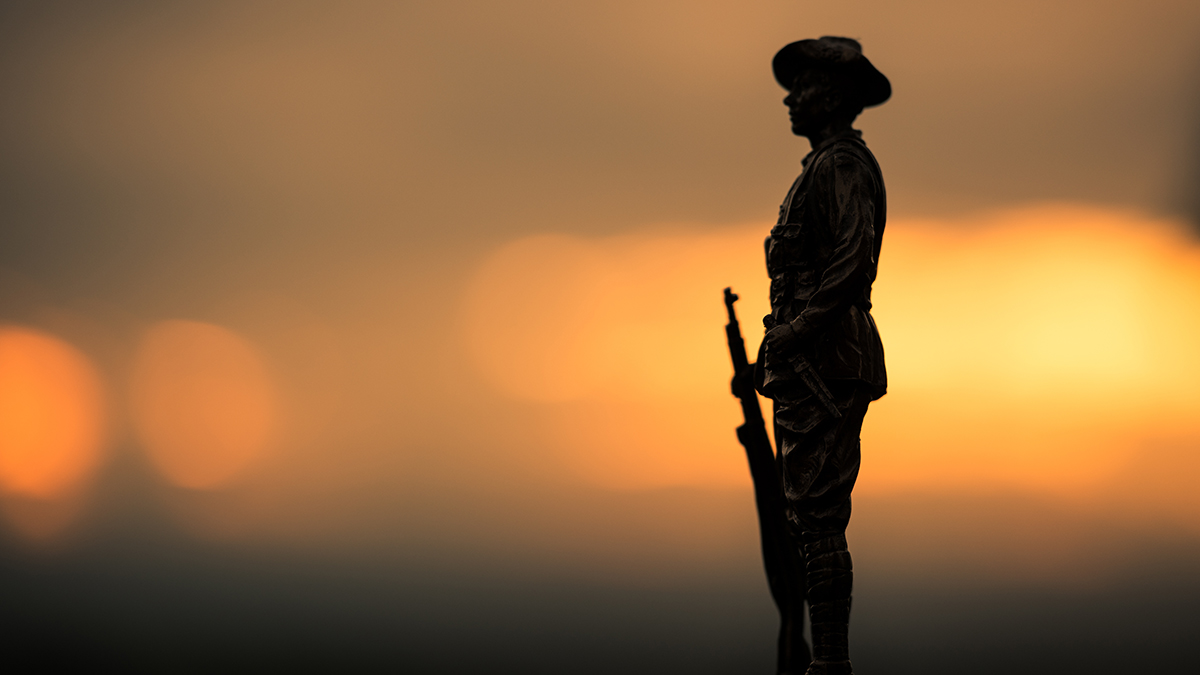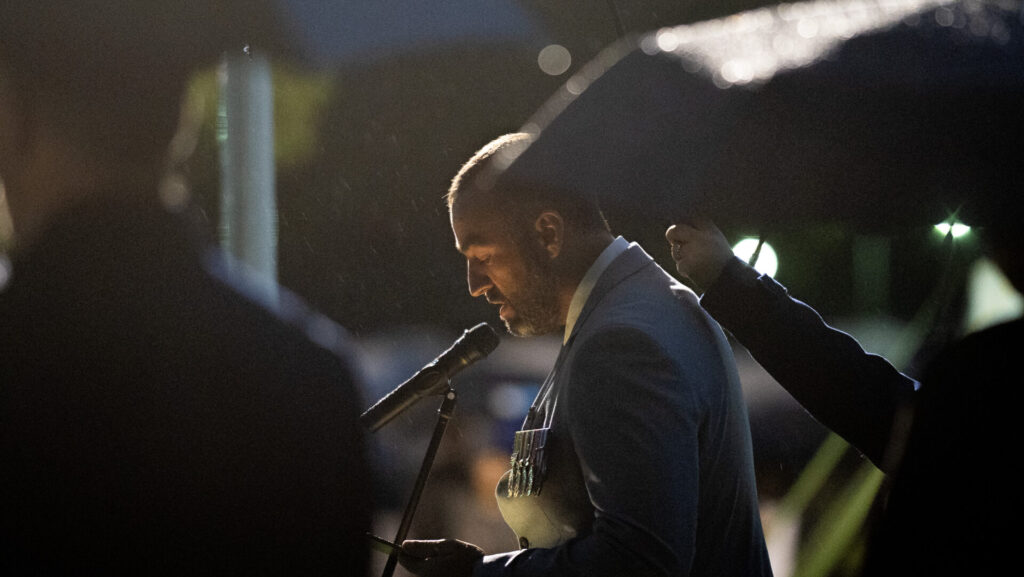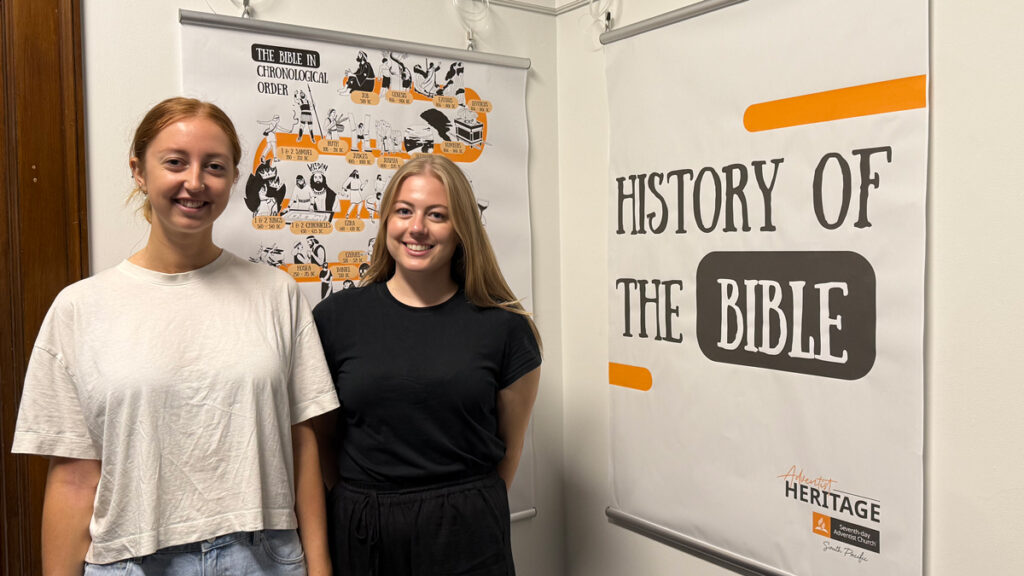Eliminating spirituality from the national conversation only cheapens the experience of Anzacs who wrestled with belief on the battleground, argues a Great War historian.
Professor Daniel Reynaud’s reading of their diaries and letters provides a glimpse into the soul of more than 1000 members of the Australian Imperial Force, 27 of whom he profiles in his new book, The Anzacs, Religion and God. The personal and sometimes philosophical narratives reveal not only a passive belief in “diffusive Christianity” but also the complex relationship between war and religion.
“Some found faith and others lost it,” says Reynaud, professor of History at Avondale University College. “But a simple faith-to-doubt spectrum doesn’t adequately explain the religion of the Anzacs. We must add to it cynicism and secularity.” The book is Prof Reynaud’s attempt to “demonstrate as full a range of responses as the evidence made possible. Yes, some of the soldiers found consolation in faith. Others in art, music and poetry. Some sought out humanism. Some found none anywhere.”
Take Queensland representative Tom “Rusty” Richards, for example. An Olympic gold medal-winning rugby union player for the Wallabies, and also the British Lions, Richards served as a stretcher-bearer and then an infantry officer, receiving the Military Cross for bravery. “He hated the war and was angry at the fusion of nationalism and religion,” says Prof Reynaud. “He skipped compulsory church parades because he hated hearing prayers ‘for our own puny selves’ and ‘for the defeat and overthrowing of the enemy’.” Richards wrote sarcastically, on the night before the landings at Anzac Cove as soldiers played sacred music, about “how religion gets them down when there is danger about”. But then, notes Prof Reynaud, “he adds that the ordeal should ‘bring my lack of faith home to me and give me new light in that direction as I walk blindly and aimlessly now’.” As the war progressed, Richard wrote less and less about religion. “Probably few Anzacs agonised as much as Richards did and applied such intelligent critiques to religion, the war and to his own soul.”
Prof Reynaud, who has earned a doctorate in Australian war cinema, recovered and reconstructed Australia’s first Gallipoli movie and published a biography of Anzac chaplain William “Fighting Mac” McKenzie, describes our memorialisation of Anzac as a “national schizophrenia”; we religiously celebrate irreverent secularity. “Since Anzac represents the epitome of Australian virtues, we’ve created an Anzac legend shorn of religious associations to ensure the broadest possible acceptance.”
But his research, including Anzac Spirituality, which examined the topic from a thematic view, shows more than one-third of the Anzacs wrote about religious and spiritual matters and about a quarter demonstrated some level of religious commitment. If the soldiers were alive today, “they may not recognise themselves in the purely secular constructs we’ve made of them. But that’s often the fate of people in history: we reconfigure them so they address our concerns, not those of the era in which they lived.”
With broad cultural acceptance of the basic beliefs of Christianity, “the secular person of 1914 to 1918 was steeped in a biblically-informed worldview of history and morality,” says Prof Reynaud. “The Anzacs saw the world and the war through this lens but couldn’t articulate much theology or even biblical knowledge. So, yes, the collective tone of the Australian Imperial Force was undeniably secular but the term means something vastly different now.”
The Anzacs, Religion and God is available from Australian Scholarly Publishing.






